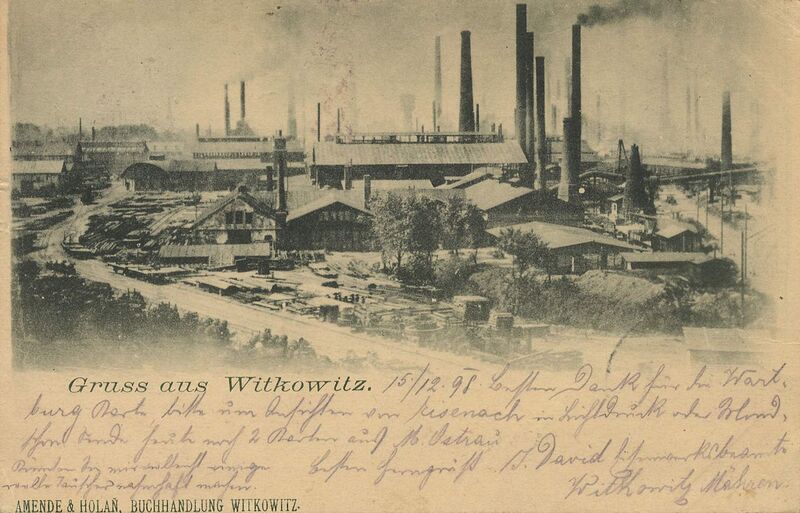Silesian Coal in the Late 19th Century
 28. 1. 2025
,
10:00 – 12:00
28. 1. 2025
,
10:00 – 12:00  online via Zoom
online via Zoom 
The Institute of History of the Czech Academy of Sciences and Collegium Carolinum Prague is pleased to invite you to the lecture titled Silesian Coal in the Late 19th Century by Aleksandra Dul (University of Cambridge). It will take place on Tuesday 28 January 2025 at 10:00 via Zoom.
The coal-bearing geological formation running across Europe, stretching from France, across Germany, into Poland and Czechia, coinciding with some of Europe’s most densely populated and industrialised regions, has been subject of both historical and economic research, all pointing to the idea of coal being the historical fuel for civilisation.
In the late 19th century, the eastern end of this formation was divided between three major European powers: Germany, Austria and Russia, making it the perfect candidate for a comparative study of regional development in trans-national perspective. The economic development of Silesian and north Moravian coalfield will be analysed and contextualised within the broader regional framework, and will serve as case study in order to test whether industrialisation patterns we know from western Europe were in fact a common European experience.
The paper attempts to answer this question through the analysis of three neighbouring coal industries, where productivity data are layered with trends in regional occupational structures. The combination of both these factors makes it possible to directly compare their growth trajectories.
 28. 1. 2025
,
10:00 – 12:00
28. 1. 2025
,
10:00 – 12:00  online via Zoom
online via Zoom 

